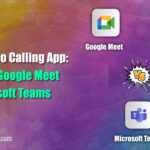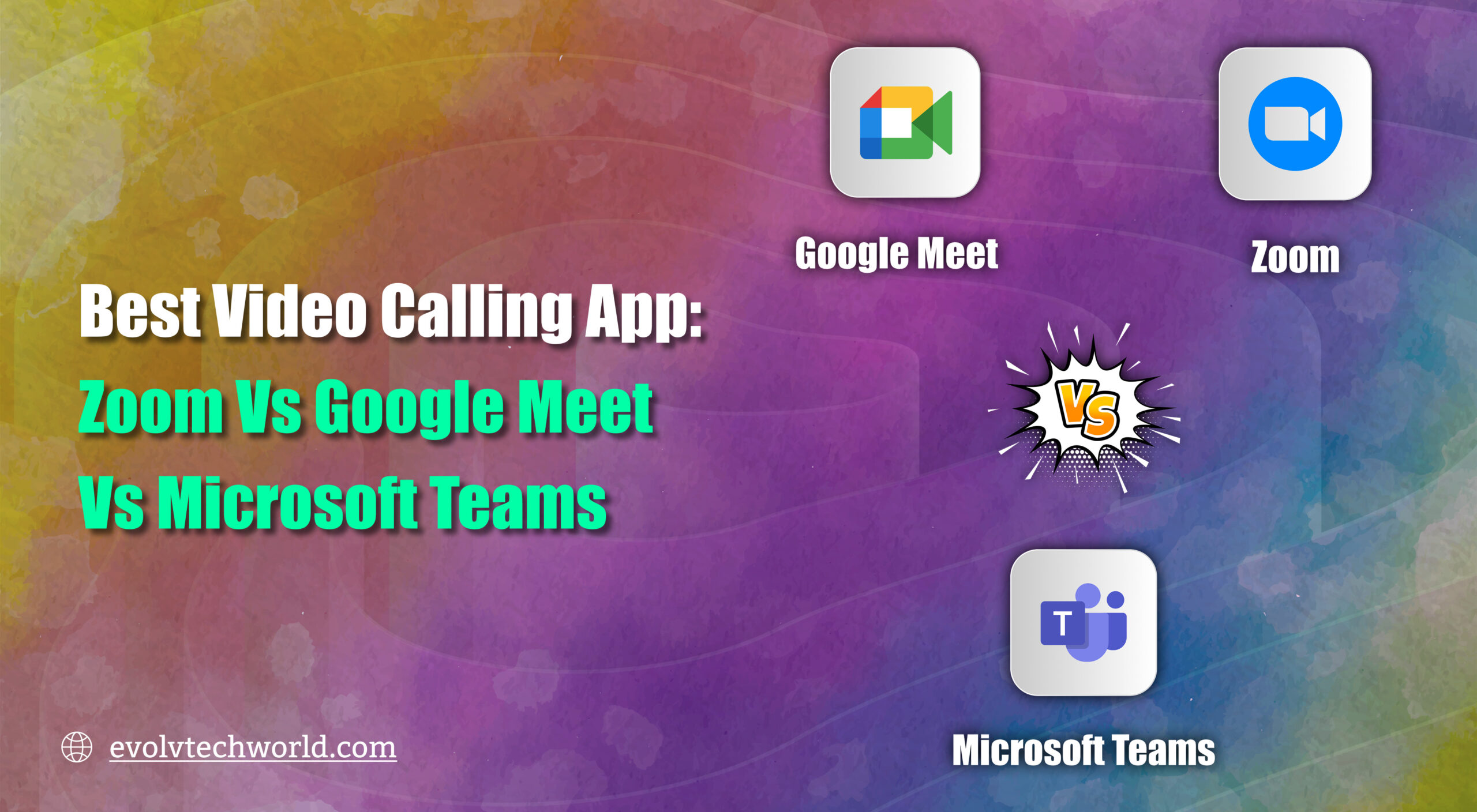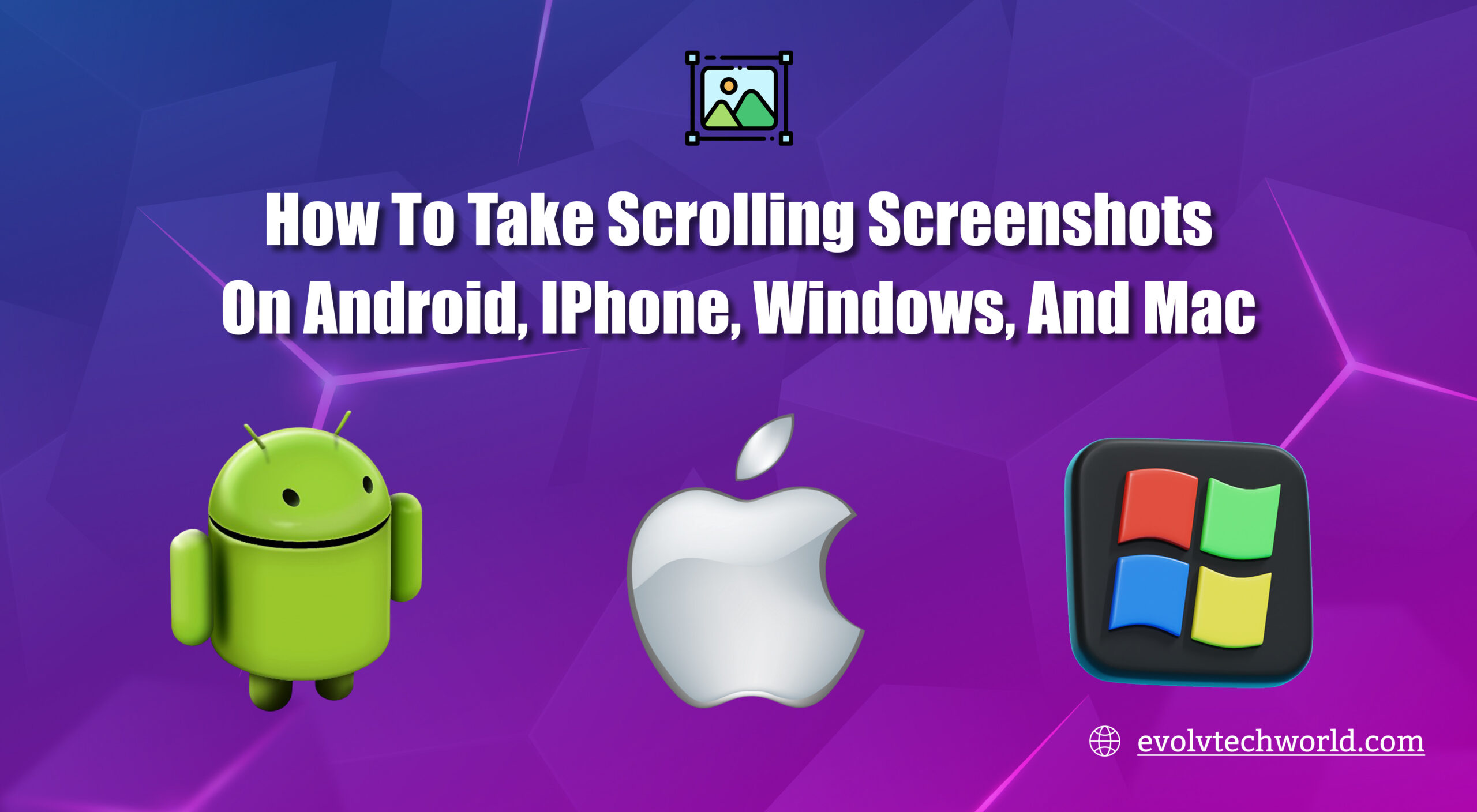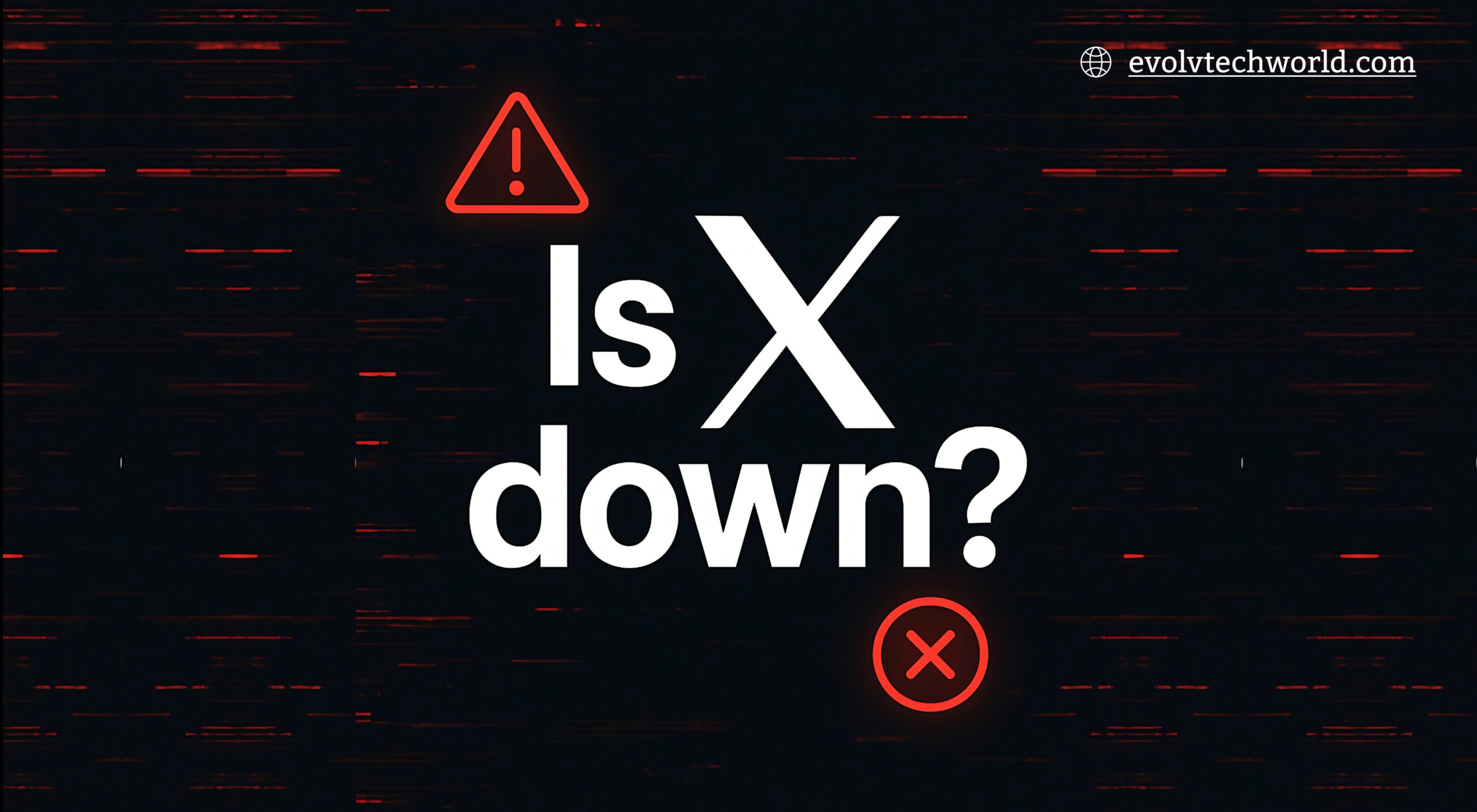In the current digital-first era, video calling has become a central aspect of work, learning and keeping in touch with others. As remote and hybrid workplaces are increasingly the norm having the proper video conferencing platform can greatly influence productivity and communication. Three of the most popular are Zoom, Google Meet and Microsoft Teams all three with strong capabilities but appealing to slightly distinct populations and requirements.
This article offers a detailed comparison of these platforms on important parameters such as ease of use, features, price, integration and security to assist you in choosing the best video calling app for your individual or business needs.
A Detailed Comparison between Zoom vs Google Meet vs Microsoft Teams
1. User Interface and Ease of Use
Zoom
Zoom has a user-friendly interface and little learning time. It is a matter of a few clicks to start or enter a meeting. The interface is simple with readily visible controls for mute, video, screen sharing, chat and recording.
Google Meet
Google Meet has a clean interface that integrates with Gmail and Google Calendar quite nicely. No need for extra installation of software meetings open right in the browser. Though minimal, the interface is less feature-packed than Zoom’s.
Microsoft Teams
Teams has a more sophisticated interface, especially since it merges video calling with team collaboration tools such as file sharing, chats and project management. It will take some time for new users to learn its entire ecosystem but is streamlined once you know your way around.
2. Features and Functionality
Zoom
Zoom has strong features that include:
- Breakout rooms
- Virtual backgrounds
- Meeting recording
- Whiteboard
- Polling and Q&A
- High participant capacity (up to 1,000 on premium plans)
- It is particularly ideal for webinars, online classes and big meetings.
Google Meet
Google Meet provides good but lesser features:
- Live captioning
- Screen sharing
- Integration with Google Workspace
- No time limit on one-to-one calls (free plan)
- Up to 500 participants (business plan)
- But it doesn’t have breakout rooms in the free tier and less customization.
Microsoft Teams
Teams is a collaboration powerhouse with intrinsic features such as:
- Persistent chat pre-meeting, in-meeting and post-meeting
- File sharing with OneDrive
- Whiteboarding
- Background blur
- Live transcription
- Deep integration with Office 365
- It’s best for teams who already use Microsoft tools for their day-to-day work.
3. Performance and Reliability
Zoom
Zoom is also universally acclaimed for its call quality and stability even with slower internet connections. It employs optimized bandwidth management and experiences minimal latency issues when video conferencing.
Google Meet
Google Meet has substantially improved performance and otherwise provides seamless call quality, particularly in Chrome. But some users experience the occasional lag and audio delays.
Microsoft Teams
Teams provide consistent quality, particularly for those within the Microsoft universe. But it can use more memory and bandwidth than some, which will cause older systems to slow down.
4. Security and Privacy
Zoom
Zoom had security issues in the beginning (e.g., “Zoombombing”), but it now provides:
- End-to-end encryption (for qualified accounts)
- Waiting rooms
- Password-protected meetings
- Admin controls
Google Meet
Google Meet prioritizes security, particularly for education and enterprise customers:
- Native Google security measures
- Video calls encrypted
- No plugins needed (eliminating malware threats)
Microsoft Teams
Teams boasts enterprise-level security through Microsoft:
- Multi-factor authentication
- Compliance with GDPR, HIPAA and other regulations
- Data encryption at rest and in transit
5. Integration and Collaboration Tools
Zoom
Zoom is integrated with tools such as Slack, Dropbox, Outlook and Google Calendar. It does not have in-built file sharing and task management.
Google Meet
Silky smooth integration with Google Workspace (Docs, Sheets, Drive, Calendar). Collaboration is easy within the Google platform but not so much outside of it.
Microsoft Teams
Provides the best in-built collaboration features:
- Integrated with Outlook, SharePoint, OneDrive and Planner
- Best suited for sharing files, collaborating on documents and handling projects all within one place
6. Pricing and Plans
| Platform | Free Tier | Paid Plans Start At | Max Participants |
| Zoom | Yes | $14.99/month (Pro) | 1,000 (Enterprise) |
| Google Meet | Yes | $6/month (Workspace Starter) | 500 (Enterprise) |
| Microsoft Teams | Yes | $4/month (Essentials) | 1,000 (Enterprise) |
All three platforms offer generous free plans, but Microsoft Teams and Google Meet tend to offer more value at lower price points, especially for business users already on Microsoft or Google ecosystems.
Conclusion
Each of the three platforms Zoom, Google Meet and Microsoft Teams — is a top contender in video conferencing. The best one for you will be determined by your specific requirements: ease of use, collaboration features, cost or compatibility with current software. While Zoom is top-notch for ease of use and call quality, Google Meet is simple and integrates flawlessly into Google and Microsoft Teams is a full-fledged business collaboration platform.
In 2025, with video calling more critical than ever before, the right platform can enrich the way you connect, communicate and collaborate — whether you’re in a classroom, boardroom or living room.











